Van Le
Dynamic Power Flow Analysis and Fault Characteristics: A Graph Attention Neural Network
Mar 19, 2025Abstract:We propose the joint graph attention neural network (GAT), clustering with adaptive neighbors (CAN) and probabilistic graphical model for dynamic power flow analysis and fault characteristics. In fact, computational efficiency is the main focus to enhance, whilst we ensure the performance accuracy at the accepted level. Note that Machine Learning (ML) based schemes have a requirement of sufficient labeled data during training, which is not easily satisfied in practical applications. Also, there are unknown data due to new arrived measurements or incompatible smart devices in complex smart grid systems. These problems would be resolved by our proposed GAT based framework, which models the label dependency between the network data and learns object representations such that it could achieve the semi-supervised fault diagnosis. To create the joint label dependency, we develop the graph construction from the raw acquired signals by using CAN. Next, we develop the probabilistic graphical model of Markov random field for graph representation, which supports for the GAT based framework. We then evaluate the proposed framework in the use-case application in smart grid and make a fair comparison to the existing methods.
Historical and Modern Features for Buddha Statue Classification
Oct 06, 2019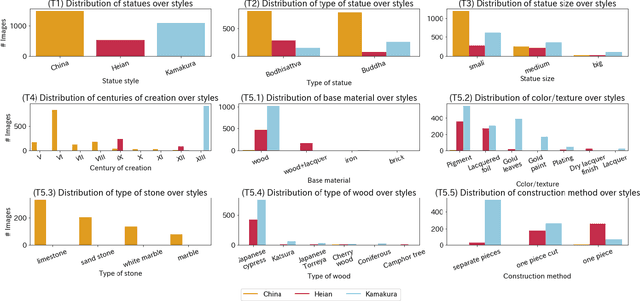
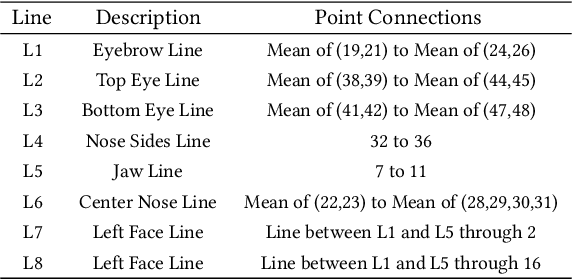
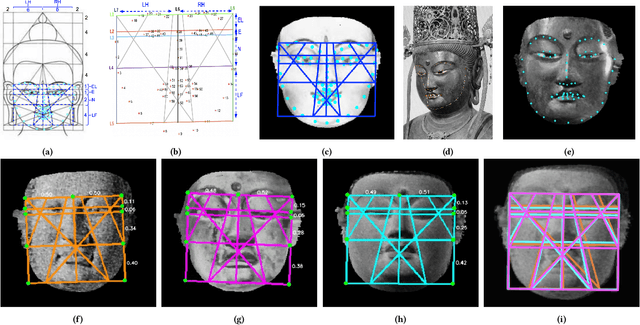
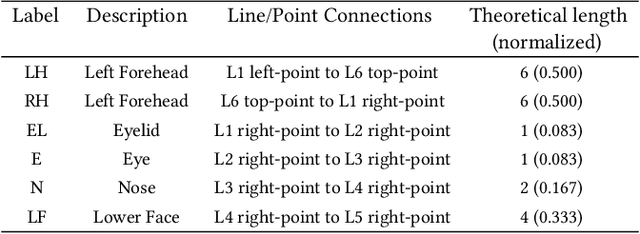
Abstract:While Buddhism has spread along the Silk Roads, many pieces of art have been displaced. Only a few experts may identify these works, subjectively to their experience. The construction of Buddha statues was taught through the definition of canon rules, but the applications of those rules greatly varies across time and space. Automatic art analysis aims at supporting these challenges. We propose to automatically recover the proportions induced by the construction guidelines, in order to use them and compare between different deep learning features for several classification tasks, in a medium size but rich dataset of Buddha statues, collected with experts of Buddhism art history.
BUDA.ART: A Multimodal Content-Based Analysis and Retrieval System for Buddha Statues
Sep 17, 2019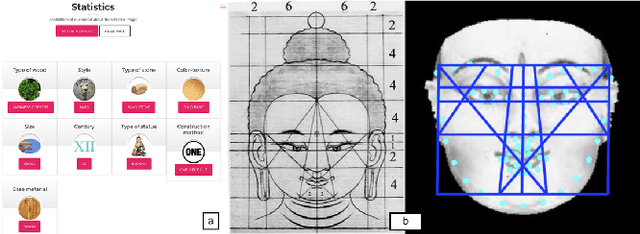
Abstract:We introduce BUDA.ART, a system designed to assist researchers in Art History, to explore and analyze an archive of pictures of Buddha statues. The system combines different CBIR and classical retrieval techniques to assemble 2D pictures, 3D statue scans and meta-data, that is focused on the Buddha facial characteristics. We build the system from an archive of 50,000 Buddhism pictures, identify unique Buddha statues, extract contextual information, and provide specific facial embedding to first index the archive. The system allows for mobile, on-site search, and to explore similarities of statues in the archive. In addition, we provide search visualization and 3D analysis of the statues
 Add to Chrome
Add to Chrome Add to Firefox
Add to Firefox Add to Edge
Add to Edge